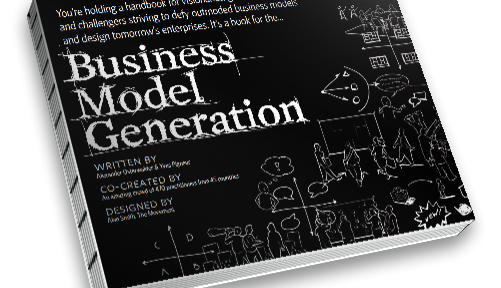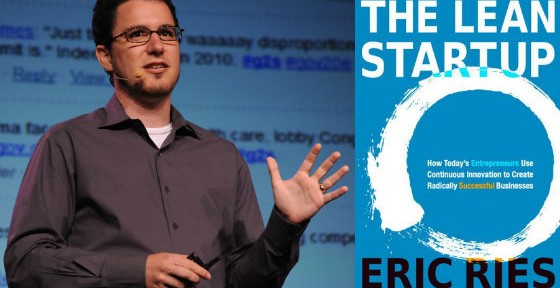
Le Lean Startup en 5 citations
Voici 5 citations choisies d’Eric Ries pour capturer les idées derrière le concept de Lean Startup. Ces citations sont du extraite du livre, “Lean Startup“. Le succès, ce n’est pas…
Notes left by Franck Debane

Voici 5 citations choisies d’Eric Ries pour capturer les idées derrière le concept de Lean Startup. Ces citations sont du extraite du livre, “Lean Startup“. Le succès, ce n’est pas…

Le livre Lean Startup d’Eric Ries a transformé l’entrepreneuriat et l’innovation. Eric Ries, entrepreneur de la Silicon Valley, tire les leçons des échecs et réussites des startups. Il en extrait…
How wise entrepreneurs embrace the predictable outcome of their vision to build innovations. A new groundbreaking methodology to create predictable outcome in chaotic situations. Pre-order now (via twitter) Predicted publication…

Business Model Generation has become a big reference. Explains – with loads of examples, use cases and nice illustrations – a simple and powerful tool to help entrepreneur shape their…
“No plan survives first contact with customers” – Steve Blank Loved Steve Blanks’ The four steps to the epiphany: successful strategies for products that win it’s long to read, but…
Get Running Lean: Iterate from Plan A to a Plan that works. It’s the lean and practical handbook on applying those principles to a startup. If you are running a…

Eric Ries talks are great and his book is a must. It’s easy to read, practical with lot’s of real life examples and situations. If you have a specific idea…